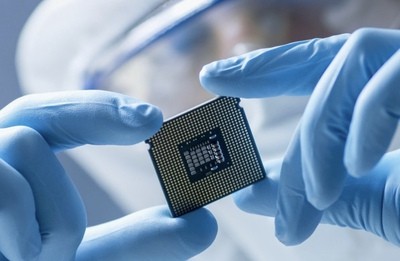Pos:
Home KnowledgeTechnologyQuantum computing is coming, but cooling is an issue. Diamond heat sink is a good choiceThe current operating temperature of quantum computers is 0.015 Kelvin or -273C or -460F. That is the only way to slow down the movement of atoms, so a "qubit" can hold a value.
There have been some creative solutions proposed for this problem, such as the “nanofridge," which builds a circuit with an energy gap dividing two channels: a superconducting fast lane, where electrons can zip along with zero resistance, and a slow resistive (non-superconducting) lane. Only electrons with sufficient energy to jump across that gap can get to the superconductor highway; the rest are stuck in the slow lane. This has a cooling effect.
The cooling problem must get sorted. It may be diamonds that finally solve some of the commercial and operational/cost issues in quantum computing: synthetic, also known as lab-grown diamonds.
The first synthetic diamond was grown by GE in 1954. It was an ugly little brown thing. By the '70s, GE and others were growing up to 1-carat off-color diamonds for industrial use. By the '90s, a company called Gemesis (renamed Pure Grown Diamonds) successfully created one-carat flawless diamonds graded ILA, meaning perfect. Today designer diamonds come in all sizes and colors: adding Boron to make them pink or nitrogen to make them yellow.
Diamond heat sink have unique properties. They have high thermal conductivity (meaning they don't melt like silicon). The thermal conductivity of diamond heat sink is the highest of any known solid. They are also an excellent electrical insulator. In its center, it has an impurity called an N-V center, where a carbon atom is replaced by a nitrogen atom leaving a gap where an unpaired electron circles the nitrogen gap and can be excited or polarized by a laser. When excited, the electron gives off a single photon leaving it in a reduced energy state. Somehow, and I admit I don’t completely understand this, the particle is placed into a quantum superposition. In quantum-speak, that means it can be two things, two values, two places at once, where it has both spin up and spin down. That is the essence of quantum computing, the creation of a "qubit," something that can be both 0 and 1 at the same time.
If that isn't weird enough, there is the issue of “entanglement.” A microwave pulse can be directed at a pair of qubits, placing them both in the same state. But you can "entangle" them so that they are always in the same state. In other words, if you change the state of one of them, the other also changes, even if great distances separate them, a phenomenon Einstein dubbed, “spooky action at a distance.” Entangled photons don't need bulky equipment to keep them in their quantum state, and they can transmit quantum information across long distances.
At least in the theory of the predictive nature of entanglement, adding qubits explodes a quantum computer's computing power. In telecommunications, for example, entangled photons that span the traditional telecommunications spectrum have enormous potential for multi-channel quantum communication.

 闽ICP备2021005558号-1
闽ICP备2021005558号-1Leave A Message